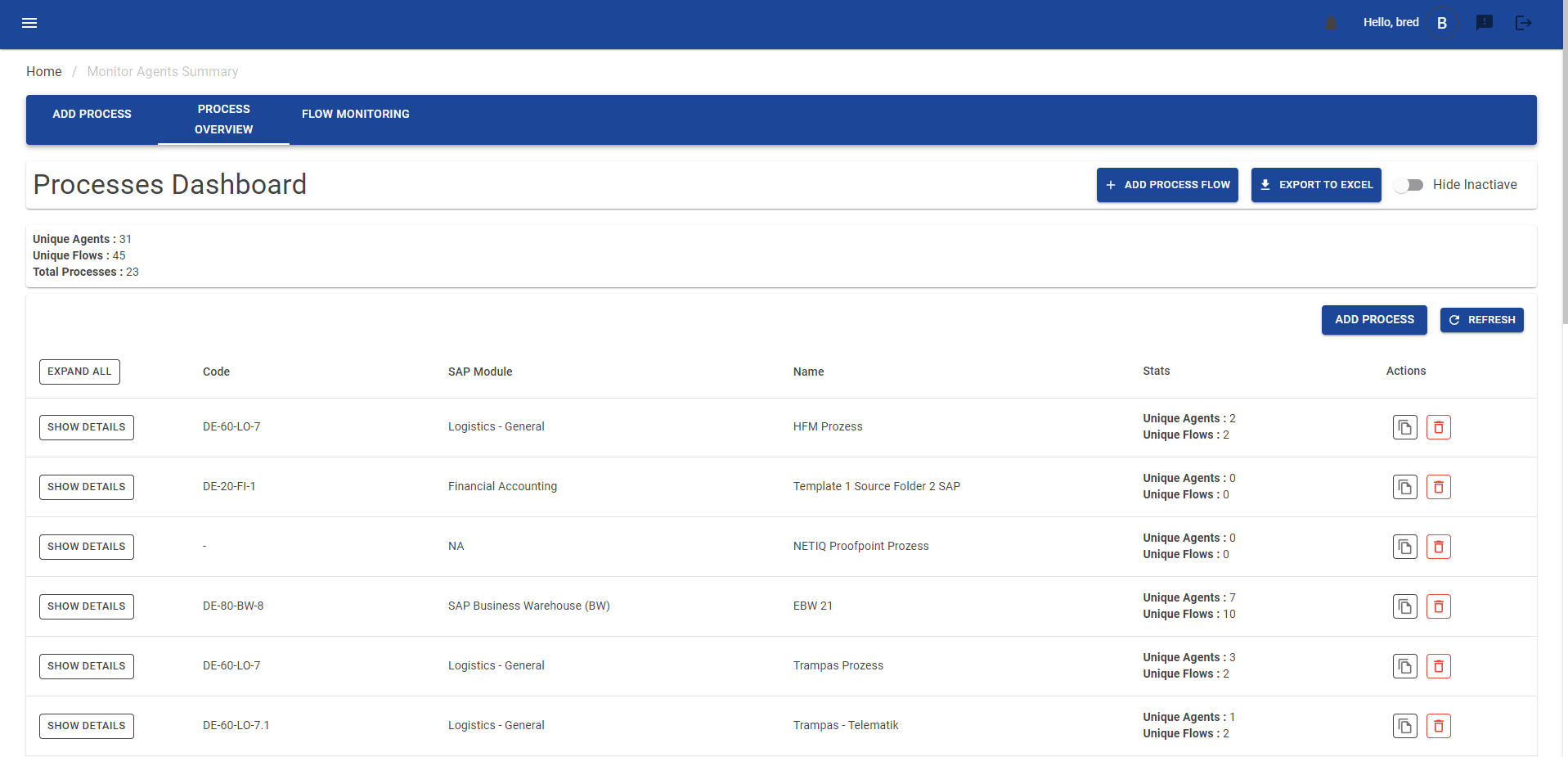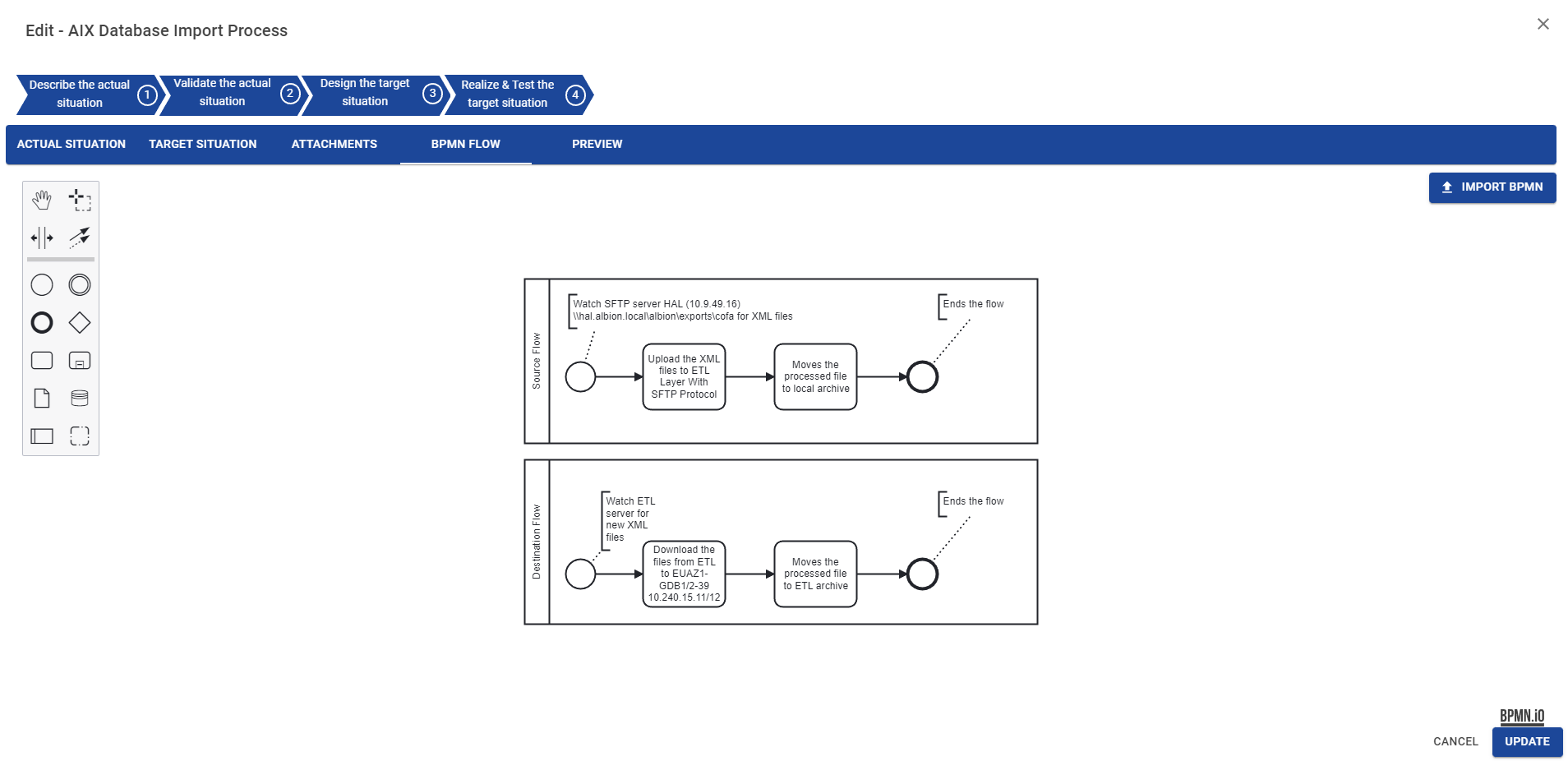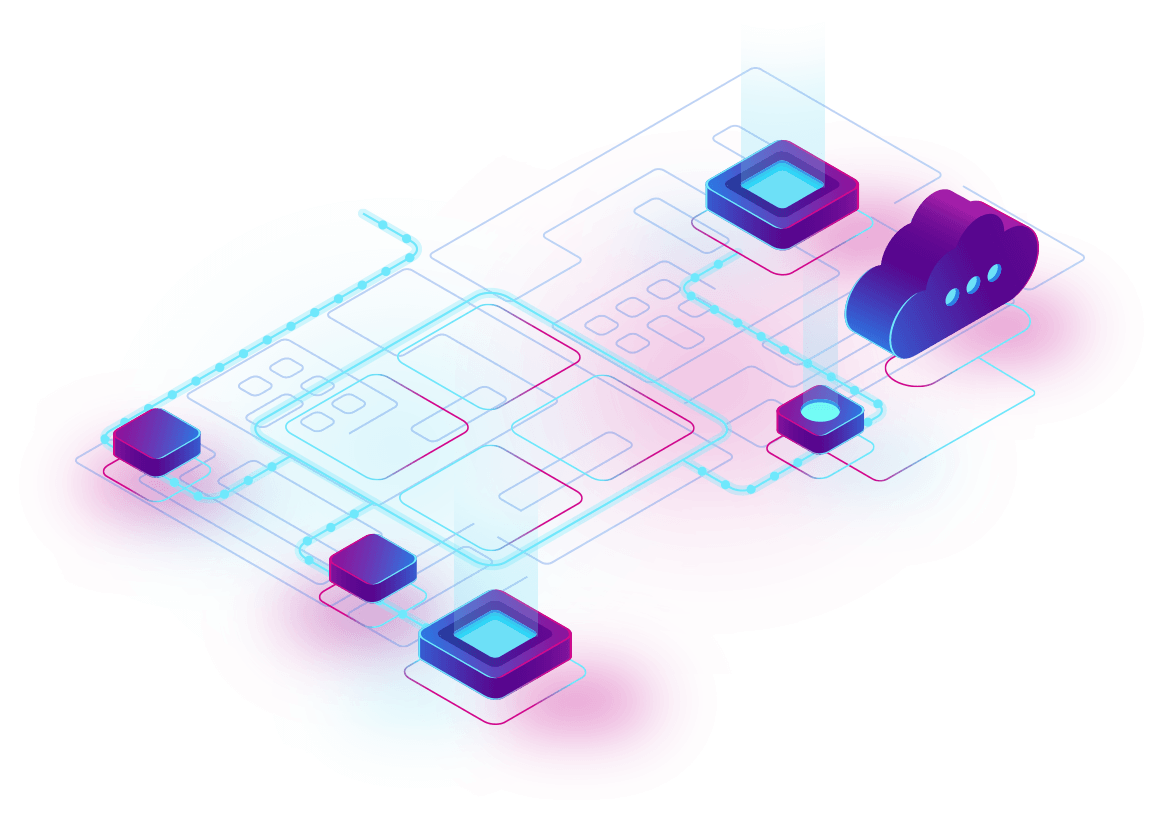Business Challenge
In today's business operations, the transfer of files between multiple environments (Linux and windows), applications, databases, and folders is crucial. However, IT departments often rely on manual solutions such as scripts and programs to transfer data. This approach can lead to potential SLA and security breaches, and may adversely affect the quality of services.
The ETL-Agent provides a solution for managing your business data and facilitating file transfers between environments.
Try it now > Go to case study >
(Get Your First Process for Free with Our Self-Service in 2 Minutes.)
Our solution provides central monitoring for complete documentation and traceability of all processes. It includes a console app based on .NET Core with a workflow engine that runs on various operating systems and environments. Additional modules can be added to extend the app's functionality.
The ETL-Agent can be controlled both locally and centrally and runs on various operating systems such as Windows and Linux, as well as in environments such as mainframes, microcontrollers and smart devices.
We offer the ETL-Agent Managed File Transfer (MFT) to minimize risks and expedite the delivery of business services. It allows you to design file transfer workflows within our system for seamless integration and automation.
Our solution encrypts configuration options such as credentials and connection strings, which can be stored in KeyVault for enhanced security.
Connect | Integrate | Automate

Manage your processes as a consultant
Listing of processes.

A BPMN flow editor

Export into word

Process steps
Design the File Transfer Process
Realize your process
Configure the Agent on a VM to realize your process.
Transfer and archive your files
The ETL transfers files between any system and can keep archives of files for backup.
Realtime process overview in ETL-Web
Managed File Transfer
- File transfer: The ETL agent can be configured for file transfer and monitoring via a unified interface, with automatic configuration saving and execution upon completion.
- Transfer files securely: We support secure file transfer and copying between various systems, including SAP, SQL, SFTP, Google Cloud, and more. For example, our ETL agent facilitates the transfer of personnel bookings using md5 encryption via SFTP to SAP on the OS level (Oracle Unix) and pushes the bookings via RFC in SAP for increased efficiency and security.
- Central Configuration: Configuration of the agent is limited to authorized administrators.
- High Availability: The application runs on a highly available Azure App Service, ensuring scalability and reliability.

